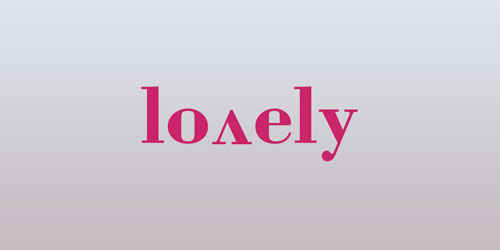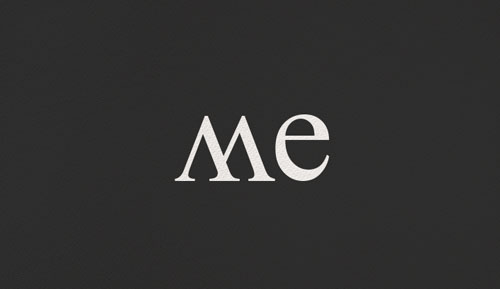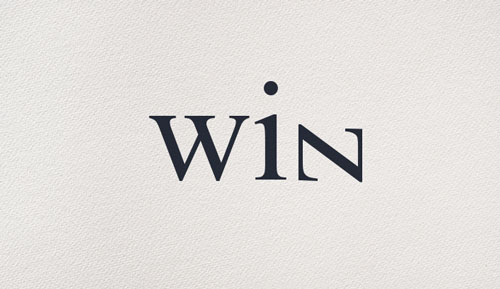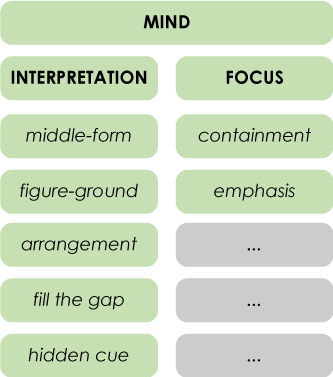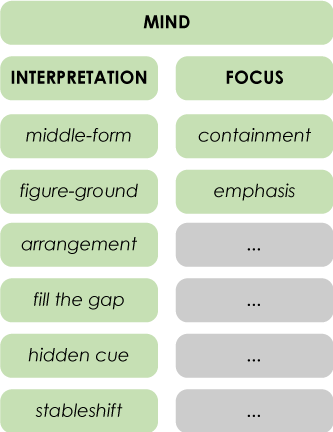Hello my friend, it’s nice to see you again. Tell me what you read here.

Hey Vassilis, nice to see you too. I read ‘shape’.
Good. Is there anything else that you can read in this image?
No. It’s just ‘shape’.
I agree. Now, what do you read here?
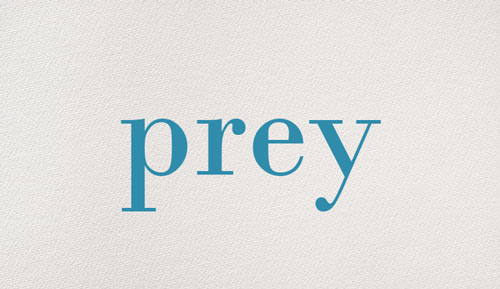
Prey. What sort of test is this?
You’ll see in a moment. Now, what do you read here?
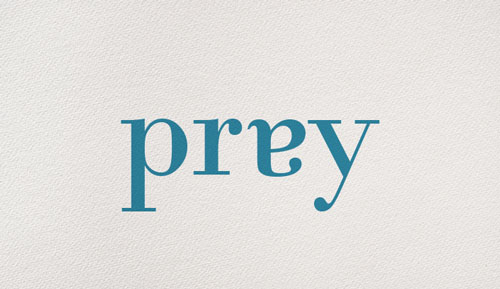
Oh! It’s ‘prey’ again. But this ‘e’ is an upside-down ‘a’. It’s also ‘pray’.
You’re right my friend! Can you explain what happened here?
The shape of the ‘e’ looks like an ‘a’ upside down.
Correct. It is the case that some letters have forms that are distinguishable even if they are rotated, or reflected. By the way, this is called double-storey ‘a’.
Now, going back to the first image, remember that it reads only ‘shape’? Here it is, again.

Yes.
Now, here’s a point. We both know that a ‘p’ is an upside down ‘d’. Can you read ‘shade’ in this picture?
No. Well, if we rotate ‘p’, it will become ‘shade’. But as it is, it’s just ‘shape’.
You’re right, ‘p’ has a stable position. It stands as a letter as it is. Whereas, in the previous image, the upside-down double-storey ‘a’ does not. Here it is, again.

This ‘a’ has this exact feature. It can be read as an ‘e’, but hey! This is not a normal ‘e’. We get that it’s actually an upside-down ‘a’. Thus, we also read ‘pray’.
Which leads me to present to you…

